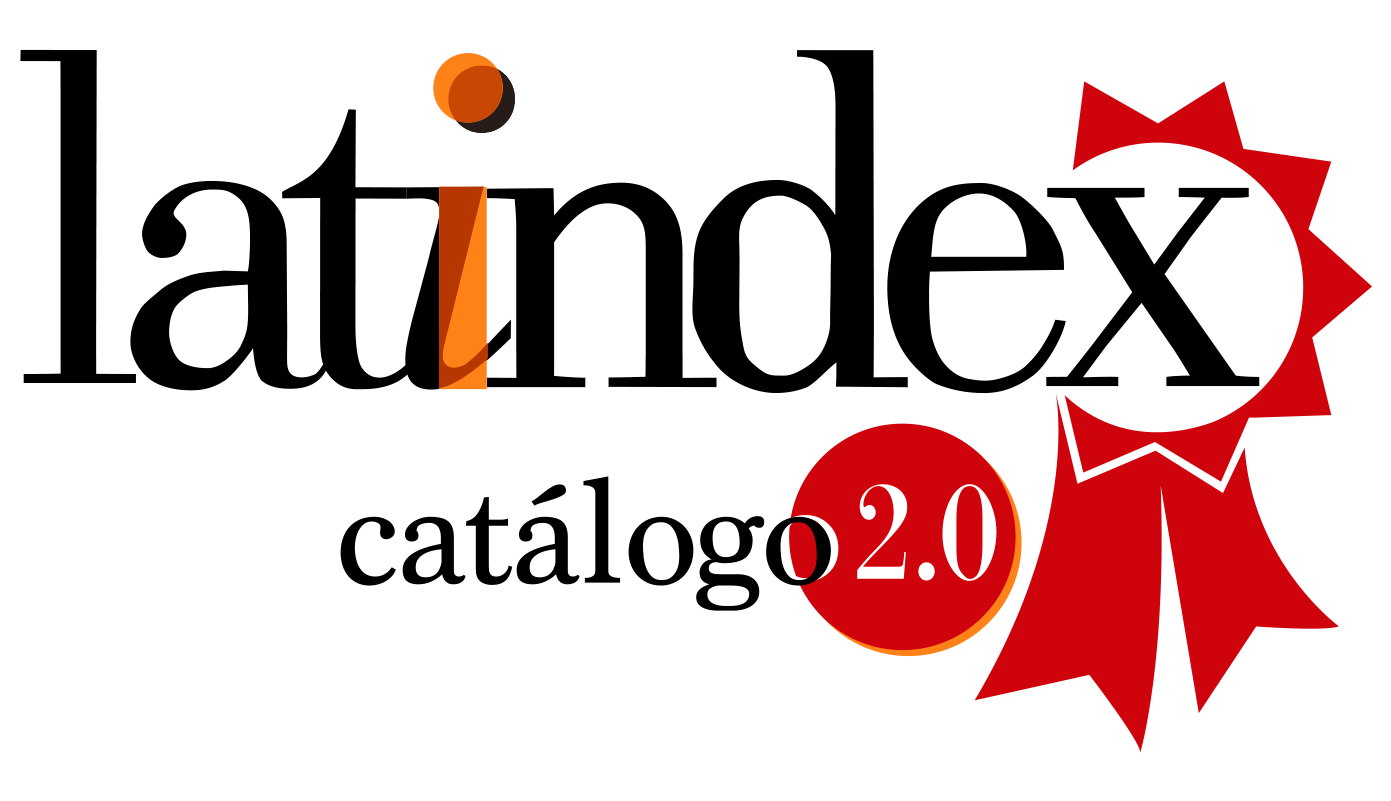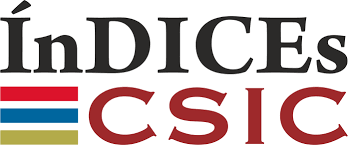Alan Turing and the Origin of Artificial Intelligence
Overcoming Intuition
DOI:
https://doi.org/10.24310/nyl.18.2024.19496Keywords:
Turing, Artificial Intelligence, Computing Machinery, Intuition, FormalismAbstract
This article aims to show that the objective of Alan Turing´s work was, from 1935 until his death in 1954, to find a systematic procedure that would allow us to dispense with intuition in mathematics and, by extension, in human knowledge. Although Gödel's theorems and the conclusions reached by himself in his works of the years 1936 and 1938 imposed limitations that did not allow intuition to be eliminated, he ultimately showed in 1950 that an automatic computational procedure that replaced human thought was possible.
We wonder how Turing arrived at this new position. The answer is that the work carried out in Bletchley during the war led him, firstly, to a new interpretation of Gödel's theorem, in such a way that he transitioned from understanding it as a limitation of formal axiomatic systems to understanding it as a strategy for the construction of increasingly powerful computing machines. Secondly, the construction of these machines to decipher messages from german coding machines without knowing their operation led him to consider automatic computational systems to simulate human thought.
Downloads
Metrics
References
CAWTHORNE, N. (2014): Alan Turing: The Enigma Man. Arcturus Publishing Ltd.
COPELAND, B.J. (2004): The Essential Turing. The ideas that gave birth to the computer age. Oxford: Clarendon Press.
COPELAND, B.J. (2013): Alan Turing. El pionero de la era de la información. Madrid: Turner.
DENNETT, D. (2017): From Bacteria to Bach and Back. The Evolution of Minds. New York: W.W. Norton and Company.
DIEUDONNÉ, J. (1971): «Modern Axiomatic Method and the Foundations of Mathematics», en F. Le Lionnais (ed.), Great Currents of Mathematical Thought. New York: Dover Publications, vol. 2, pp. 251-266.
FERREIRÓS, J. (2006): «The Rise of Pure Mathematics as arithmetic with Gauss», en N. Goldstein, C. & Schappacher (eds.): The Shaping of Arithmetic: Number Theory after Carl Friedrich Gauss’s Disquisitiones Arithmeticae. Berlin: Springer, pp. 235-268.
FERREIRÓS, J. (2007): Labyrinth of Thought. A History of Set Theory and Its Role in Modern Mathematics. Berlin: Birkhäuser.
FERREIRÓS, J. (2009): «Hilbert, logicism, and mathematical existence», Synthese, (170), pp. 33–70.
FREGE, G. (1873): «On a Geometrical Representation of Imaginary Forms in the Plane», en B. Mc Guinness (ed). (1984), Gottlob Frege: Collected Papers on Mathematics, Logic, and Philosophy. New York: Basil Blackwell, pp. 1-55.
FREGE, G. (1884): «Los fundamentos de la aritmética», en J. Mosterín (ed.) (1996), Gottlob Frege: Escritos filosóficos. Barcelona: Crítica, pp. 31-146.
FREGE, G. (1892): «Sobre sentido y referencia», en G. Frege (1998), Ensayos de semántica y filosofía de la lógica”. Madrid: Tecnos, pp. 84-111.
FREGE, G. (1906): «Sobre los fundamentos de la geometría», en G. Frege (1996), Escritos filosóficos. Madrid: Crítica, pp. 279-334.
FREGE, G. (1918): «El pensamiento: una investigación lógica», en G. Frege (1998), Ensayos de semántica y filosofía de la lógica. Madrid: Tecnos, pp. 196-225.
FREGE, G. (1980), Philosophical and Mathematical Correspondence. Chicago: University of Chicago Press.
GAMBRA, J.M. (1995): «La filosofía de David Hilbert», en Thémata: Revista de Filosofía, (14), pp. 147-179.
GIOVANNINI, E.N. (2015): David Hilbert y los fundamentos de la geometría (1891-1905), London: College Publications, Milton Keines.
GÖDEL, K. (1934): “On Undecidable Propositions of Formal Mathematical Systems”, en (1965), The Undecidable: Basic Papers on Undecidable Propositions, Unsolvable Problems and Computable Functions. New York: Raven, 41-71.
HILBERT, D. (1927): «The Foundations of Mathematics», en J. van Heijenoort (ed.) (1967), From Frege to Gödel: A source Book in Mathematical Logic, 1979-1931. Boston: Harvard University Press.
HILBERT, D. (1930): «Probleme der Grundlegung der Mathematik», en Mathematische Annalen, (102), pp. 1-9.
HILBERT, D. (1996): Fundamentos de Geometría. Madrid: (CSIC). (1899), Grundlagen de Geometrie, Leipzig: Teubner.
KANT, I. (1996): Principios formales del mundo sensible y del inteligible (Disertación de 1770). Madrid: (CSIC).
KANT, I. (1997): Crítica de la razón pura. Madrid: Alfaguara.
KENNY, A. (1995): Introducción a Frege. Madrid: Cátedra.
LARSON, E.J. (2022): El mito de la inteligencia artificial. Por qué las máquinas no pueden pensar como nosotros lo hacemos. Schackleton Books, S.L.
MOSTERÍN, J. (2000): Los lógicos. Madrid: Espasa Calpe.
NEWMAN, M. H. A. (1955): «Alan Mathison Turing, 1912-1954», en Biographical Memoirs of Felows of the Royal Society, Vol. 1, Issue 1, pp. 253-263.
PLAZA-CORTÉS, F.A. (2018): Intuición y pensamiento. La concepción fregeana de la geometría. Campinas: Universidade Estadual de Campinas.
SOARE, R. (2009): «Turing oracle machines, online computing, and three displacements in computability theory», Annals of Pure and Applied Logic, vol. 169, 3, pp. 368-399.
TURING, A. (1937): «On Computable Numbers with an application to Entscheidungsproblem», Proceedings of the London Mathematical Society, s. 2, vol. 42, pp. 230-265.
TURING, A. (1938): Systems of Logic based on Ordinals. Princeton: Seeley G. Princeton, Mudd Manuscript Library.
TURING, A. (1950): «Computing Machinery and Intelligence» (Mind, 49, pp. 433-460), en B.J. Copeland (2004), The Essential Turing. Oxford: Clarendon Press, pp. 442-464.
VARGAS, C. (2012): “Alan Turing: máquinas e inteligencia. En conmemoración de los 100 años de su nacimiento”, Aporía. Revista Internacional de Investigaciones Filosóficas, (4), pp. 43-63.
WEYL, H. (1925): “Die heutige Erkenntnislage in der Mathematik”, Symposion, (1), pp. 1-32.
WEYL, H. (1944): “David Hilbert and his Mathematical Work”, Bulletin of the American Mathematical Society, (50), pp. 612-654.
Downloads
Published
How to Cite
Issue
Section
License
Copyright (c) 2024 Nature & Freedom. Journal of Interdisciplinary Studies

This work is licensed under a Creative Commons Attribution-NonCommercial-ShareAlike 4.0 International License.
Those authors who have publications with this journal, accept the following terms:
1. Copyright and licensing information are clearly described on the journal’s web site: all content published in Naturaleza y Libertad is open acces without limit, and are subject to the Attribution-NonCommercial-ShareAlike 4.0 International (CC BY-NC-SA 4.0) license. The full text of which can be consulted at https://creativecommons.org/licenses/by-nc-sa/4.0/
2. It is the responsibility of the authors to obtain the necessary permissions for the images that are subject to copyright. The authors whose contributions are accepted for publication in this journal will retain the non-exclusive right to use their contributions for academic, research and educational purposes, including self-archiving or deposit in open access repositories of any kind. The electronic edition of this magazine is edited by the Editorial de la University of Malaga (UmaEditorial), being necessary to cite the origin in any partial or total reproduction.
3. This journal allows and encourages authors to publish papers on their personal websites or in institutional repositories, both before and after their publication in this journal, as long as they provide bibliographic information that accredits, if applicable, your posting on it.
4. In no case will anonymous papers be published.





18.png)













